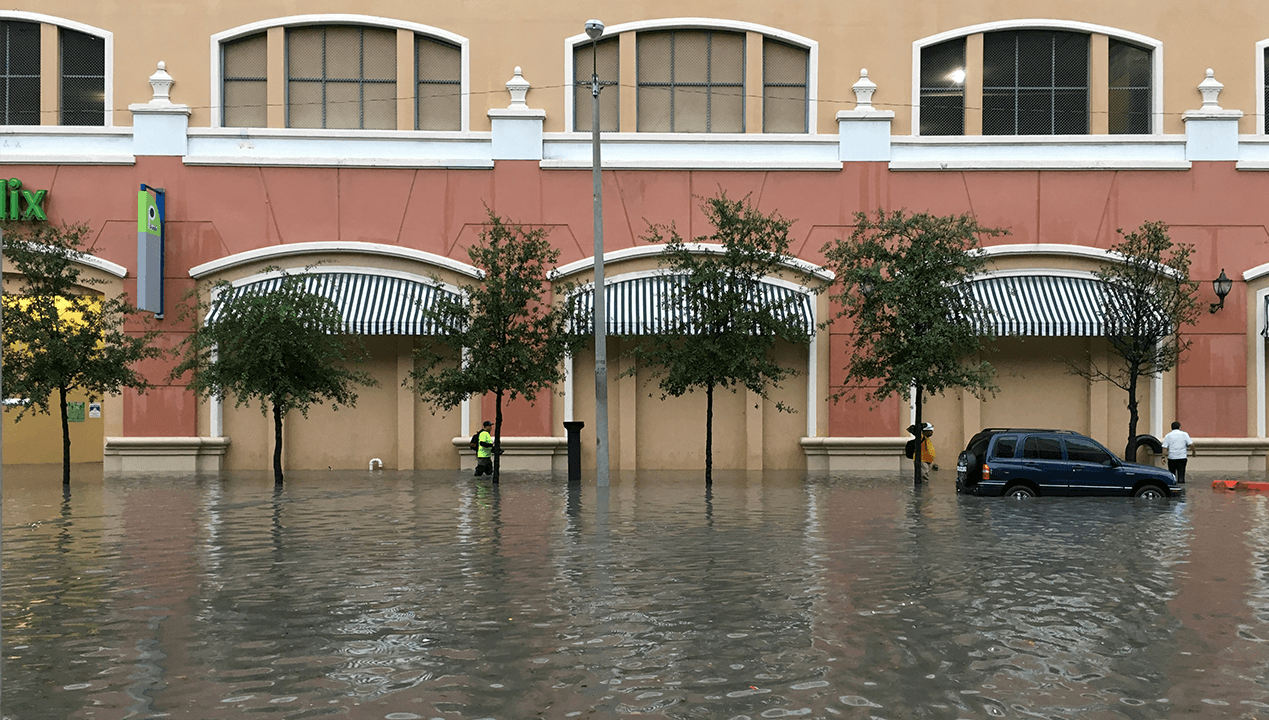Citations
[1] Adelson, Eric, et al. “Tropical Weather Floods Miami Streets,
Stranding Some Motorists.” The New York Times, 2022,
www.nytimes.com/2022/06/04/us/florida-tropical-storm-miami-flood.html.
Accessed 15 Aug. 2022.
[2] Southeast Florida Regional Climate Change Sea Level Rise Ad Hoc
Work Group. Unified Sea Level Rise Projection Southeast Florida.
2019.
[3] NOAA. “Sea Level Trends - NOAA Tides & Currents.” Noaa.gov,
2022,
tidesandcurrents.noaa.gov/sltrends/sltrends_station.shtml?id=8723214.
Accessed 19 Aug. 2022.
[4] Flavelle, Christopher, and Patricia Mazzei. “Miami Says It Can
Adapt to Rising Seas. Not Everyone Is Convinced. (Published 2021).”
The New York Times, 2022,
www.nytimes.com/2021/03/02/climate/miami-sea-level-rise.html.
Accessed 19 Aug. 2022.
[5] Man, Anthony. “Population of South Florida’s 3 Big Counties Tops
6.1 Million, but Growth Lags Rest of State.” Sun Sentinel, 12 Aug.
2021,
www.sun-sentinel.com/news/politics/fl-ne-south-florida-population-growth-lags-census-20210812-aa3pcfra7fa2zlvhjrb7ejvtxy-story.html.
Accessed 18 Aug. 2022.
[6] National Association of Realtors. “State and Metropolitan
Statistical Area Data.” Www.nar.realtor, 2020,
www.nar.realtor/research-and-statistics/housing-statistics/state-and-metropolitan-statistical-area-data.
Accessed 19 Aug. 2022.
[7] Flavelle, Christopher, and Patricia Mazzei. “Miami Says It Can
Adapt to Rising Seas. Not Everyone Is Convinced. (Published 2021).”
The New York Times, 2022,
www.nytimes.com/2021/03/02/climate/miami-sea-level-rise.html.
Accessed 19 Aug. 2022.
[8] Palm, Risa, and Toby Bolsen. Housing Market Response to
Sea-Level Rise in Florida. Cham, Switzerland, Springer, 2022.
[9] First Street Foundation. “Flood Factor - First Street
Foundation.” FirstStreet, 2019,
firststreet.org/risk-factor/flood-factor/. Accessed 19 Aug. 2022.
[10] Everglades Restoration Initiatives. “Everglades Restoration
Initiatives.” Everglades Restoration Initiatives, 2022,
www.evergladesrestoration.gov/. Accessed 18 Aug. 2022.
[11] “Resilient305 | Greater Miami & the Beaches.” Resilient305.com,
2019, resilient305.com/. Accessed 19 Aug. 2022.



